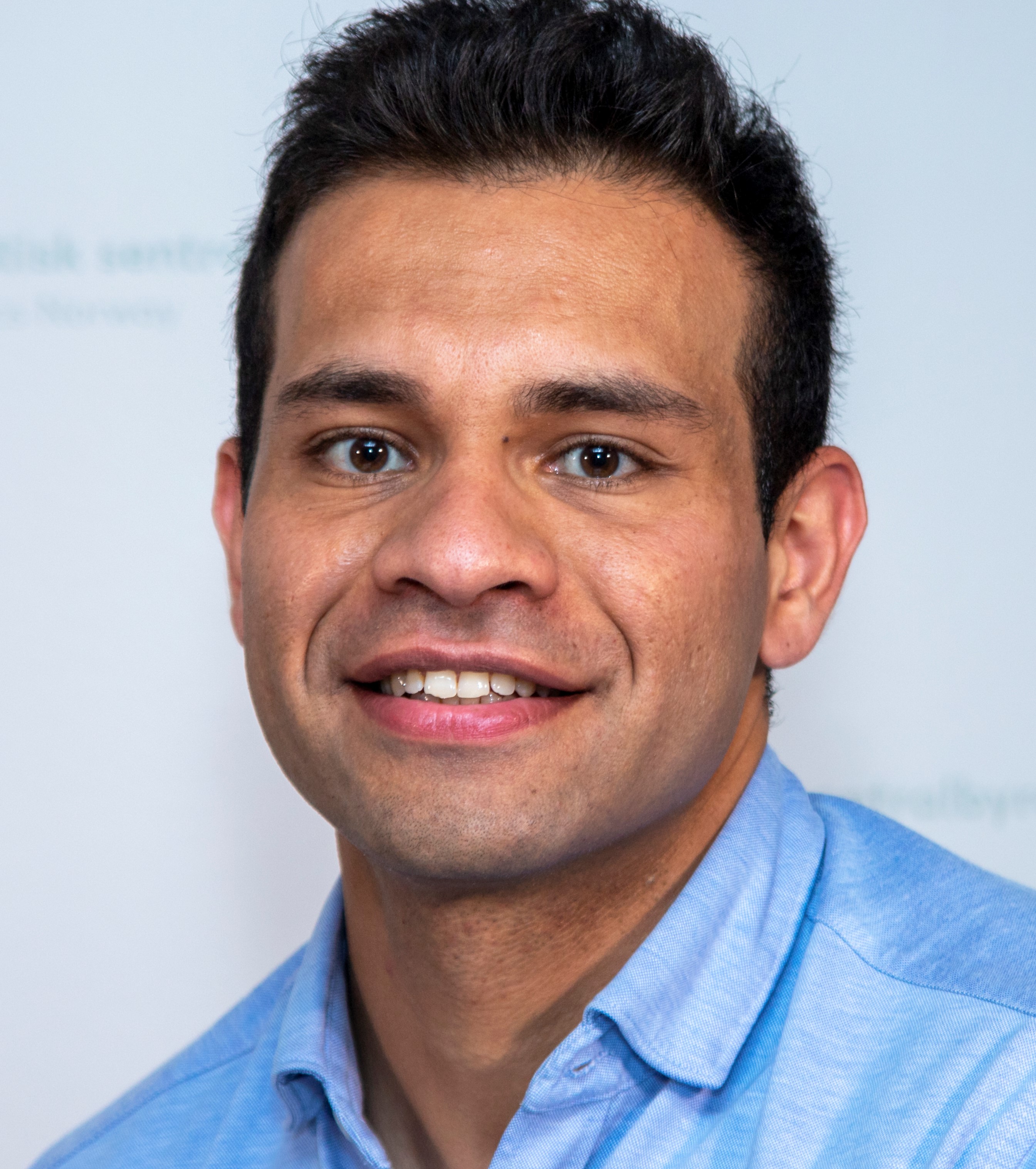Ambitious students take longer to complete higher education
Immigrants take longer to complete a degree in higher education than the rest of the population, new statistics show. Fafo researcher Jon Horgen Friberg believes the figures must be seen as part of a larger picture.
Fewer immigrants complete a degree in higher education, and those who do complete a degree take longer than the rest of the population. These are the findings made by Statistics Norway based on statistics released in August.
“One of our main findings is that the proportion who complete a three-year bachelor’s or five-year master’s degree is lower among immigrants than the rest of the population,” says Nawid Fazli, one of the Statistics Norway researchers who collected the data.
This applies both to the nominal length of study and the nominal length plus two years.
Fazli explains that they have divided the students into three categories: Norwegian-born to immigrants, immigrants and the rest of the population.

Biggest difference in bachelor’s programmes
While 59 per cent of the rest of the population completed their degree within the nominal length of study, 45 per cent of immigrants and, almost the same figure, 46 per cent of Norwegian-born to immigrant parents, did so.
This applies to students who started a bachelor’s programme in 2018, explains Fazli.
He points to another key finding. When you add two extra years to the nominal length of study, which is three years, there is slightly less difference between the rest of the population and the immigrant groups.
“The completion rate is, however, higher among the rest of the population.”
“Nearly three-quarters of students in the rest of the population have completed their bachelor’s degree after five years, higher than both Norwegian-born to immigrants and immigrants.”
Differences at master's level too
“Can the same pattern be seen at master’s level?”
“Yes, but to a lesser extent.”
Here the numbers are as follows, says Fazli: Among students from the rest of the population who began a five-year master’s degree in 2016, 52 per cent completed the degree within the nominal length of study. The figures for Norwegian-born to immigrant parents and immigrants were 50 and 43 per cent, respectively.
“What do the statistics look like if we adjust for gender?”
“Our figures show that women complete their degree to a greater extent than men, a pattern that applies regardless of category.”
“Since the gender distribution between the groups is equal, and women in all groups complete their degree to a greater extent than men, gender does not seem to be a central explanation for the difference in the overall completion rates per immigrant category,” says Fazli.
Is it explained by class?
When asked why such differences are found between immigrants and the rest of the population, the Statistics Norway researcher says that their statistics say little about the causes.
“It is reasonable to assume that the trend is related to conditions we have also seen in the population as a whole, namely that students who have parents with higher education complete their degree to a greater extent than students who have parents with less education.”
“There is generally a lower proportion of parents with higher education among the immigrant population,” says Fazli.
Fafo researcher Jon Horgen Friberg has studied a sample of Norwegian-born children born in 1999 to immigrant parents. He has looked at what has happened in the transition from upper secondary school to higher education since 2016, and points to several factors that may explain why the immigrant group does worse than the rest.
High ambitions
“It is a matter of fractions,” explains Friberg.
“What does that mean?”
“Norwegian-born to immigrants are overrepresented in higher education, at the same time as they have poorer grades on average. It is thus no surprise that more of them take longer.”
The fact that they have lower grades on average can be explained by the fact that more children of immigrants come from families with poorer education, he explains.
“But that’s only part of the explanation. Another characteristic of the group is their high ambitions.”
The Fafo researcher refers to a survey in which 16-year-olds were asked about their future ambitions. It revealed that young people with an immigrant background to a greater extent than other 16-year-olds – regardless of their parents’ educational background – aimed to take higher education.
“The ambitions correspond to the higher proportion who start higher education in this group than in the rest of the population.”
“The point is that young people with an immigrant background apply to higher education to a greater extent, regardless of whether their parents have higher education or not.”
This differs from the rest of the population, where children to a large extent both “dream” and make choices based on their parents’ educational level, he explains.
“Many young people with low grades do not pursue higher education”
Friberg becomes animated when he talks about how many Norwegian-born to immigrant parents struggle through upper secondary school, and perhaps barely manage to get into a higher education programme.
“While other young people to a greater extent choose an education based on grades and resources, immigrant youth often make more ambitious choices. More of them live in a context of ‘we sacrificed everything for you to have a better future,’ which often includes education.”
This is simple mathematics, says Friberg:
“If a fraction had been created with the same number of young people with parents without education in the rest of the population, the gap would not have been as great.”
“Or as a tabloid might put it: Young people with a Norwegian background and with poor grades do not pursue higher education. However, many young people with immigrant backgrounds do.”
“Moreover, I believe that if the statistics had incorporated more years than the nominal length of study plus two years, for example plus three and four years, we would have seen that more people had completed their degree.”
“The fact that it takes longer does not mean that a degree will not be completed,” says Friberg.
Future consequences
Statistics Norway researcher Nawid Fazli says that they have not looked at what consequences this has for the immigrant group with regard to the transition to working life, or to a doctoral degree and a research career.
“We may write a more in-depth analysis on the topic in the future.”
“However, we know from other analyses that a significant proportion of students who drop out and do not complete their bachelor’s degree are actually in paid employment the following year.”
“We also know that the proportion who gain employment increases the later in the programme the student leaves,” says Fazli.
Translated by Allegro Language Services.
Statistics Norway (SSB) presented Completion rates of students in higher education in June and wrote about lower completion rates among immigrants (in Norwegian only) in August this year.
Some findings:
- 45 per cent of immigrants who started a bachelor’s programme in 2018 completed it within the nominal length of study, 46 per cent for Norwegian-born to immigrant parents and 59 per cent for the rest of the population.
- After five years, 74 per cent of the students in the rest of the population had completed their bachelor’s degree, 67 per cent of Norwegian-born to immigrant parents and 63 per cent of immigrants.
- Among students from the rest of the population, who began a five-year master’s degree in 2016, 52 per cent completed the degree within the nominal length of study. The proportion of Norwegian-born to immigrant parents and immigrants was 50 and 43 per cent, respectively.
Read more at Kifinfo: Statistics on gender balance and diversity





